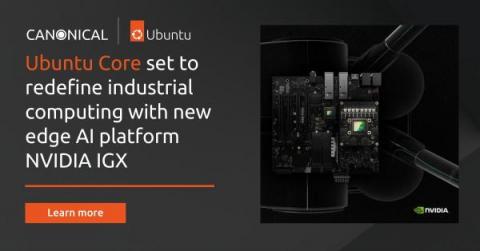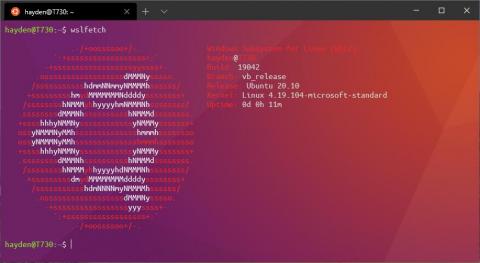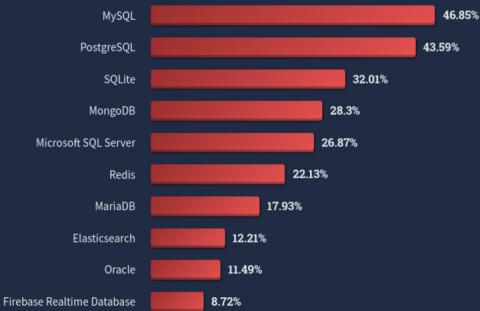Common use cases for digital twins in automotive
Digital twins have become somewhat of a buzzword in the past couple of years. But what exactly are they? A digital twin, as its name indicates, is a non-physical copy of a physical object. Just like a digital scan of a physical picture. This virtual element enables a real-time view of all relevant data coming from said object. Depending on the system being studied, specific sensors can be tracked and monitored.










